Tay A Stone Pagoda was inaugurated at the same time as Truong Sa Dong Pagoda and Sinh Ton Dong Pagoda. The pagoda was built in the T-shaped architectural style - a traditional style imbued with Vietnamese spirit with curved roofs, wooden pillars, and delicate carvings, blending in with the sound of the sea breeze and the warm sunlight.
The pagoda is located next to the island gate, facing the vast East Sea. Looking from the ship, the pagoda has the shape of lotus flowers printed on a blue background. In spiritual meaning, the pagoda is like a gentle arm spreading out to protect the soldiers and people on the remote island, welcoming visitors from the mainland. Morning and evening, each bell rings out like a reminder of the cultural roots and the kindness of people at the forefront of the wind and waves.
 |
The gate of Tay A Stone Pagoda is majestic yet intimate. |
The abbot of the pagoda - Venerable Thich Nhuan Hieu - both keeps the spiritual fire alive and creates a green and vibrant space. Under his care, the pagoda grounds become brilliant with dozens of species of flowers blooming and showing their colors all year round, symbolizing life and faith in the face of storms and winds.
In the small garden, the yellow papaya variety begins to bloom and bear fruit. Each round, large cluster of fruit gradually welcomes a new season of prosperity, filled with faith in the growth of life in the midst of the wilderness. On the remote island, papaya is an adaptable plant, producing many beautiful fruits, suitable for offerings on holidays and Tet.
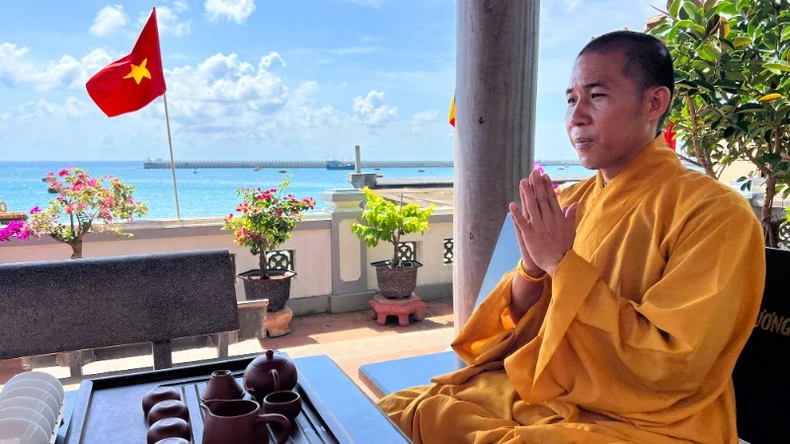 |
Venerable Thich Nhuan Hieu, abbot of Da Tay A Pagoda. |
Truong Sa has two seasons: The dry season lasts from February to April with harsh sunlight, drought, and high temperatures; the rainy season lasts from May to January of the following year with storms, whirlwinds, heavy rain, and gusty winds. Every season is harsh, but the garden of Venerable Thich Nhuan Hieu is always gently green, enduring the sun and wind.
Each small cactus pot is nestled next to the lotus; each square-fruited banyan tree, only about a hand's height, has already stretched out its young leaves like a child's hand, strong enough to welcome the sun and wind; the bougainvillea flowers are colorful and shaped by the teacher himself, carefully planted and cared for. And the chili peppers, from the wild chile pepper, to the heart-wrenchingly spicy "Dragon's Breath" chili pepper, are now in full bloom, both for viewing and for the island soldiers and people to pick to spice up their meals.
 |
Under the monk's meticulous care, the flowers and leaves are always vibrant. |
Venerable Hieu has been the abbot of Da Tay A Pagoda since February 2022. That was also the time when he started to sow seeds and plant trees. Up to now, it was surprising to know that he has grown and cared for about 60 types of bougainvillea alone and 40 types of chili. The Venerable really likes to grow plants that are unique to the country and also try his hand at new species. For example, the "Dragon's Breath" chili variety was bred by a British expert. He asked for seeds from an acquaintance and brought them to the island.
The garden nurtures a dream that is nurtured every day with love for the land, love for people, love for each gust of wind blowing between the sea and sky of the Fatherland. Looking at the tall foliage, the small pots of plants jostling each other in the sunlight shining like fireworks, everyone feels deeply: The distant island is more brilliant and green every day thanks to the love, perseverance and kindness of the great monk.
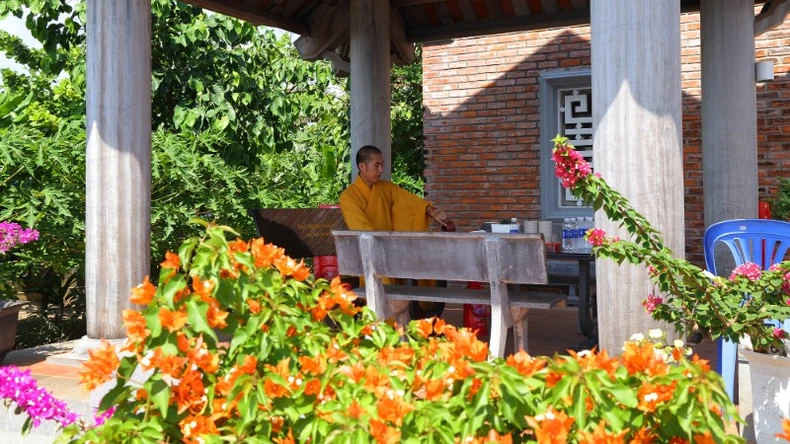 |
In the temple space, there are about 60 species of bougainvillea grown and cared for by the Venerable. |
Tay A Stone Pagoda is one of nine pagodas on the Truong Sa archipelago, along with Truong Sa Lon, Song Tu Tay, Sinh Ton, Son Linh (Son Ca), Nam Huyen (Nam Yet), Vinh Phuc (Phan Vinh), Truong Sa Dong and Sinh Ton Dong pagodas. Each pagoda is like a spiritual milestone, connecting the people of the mainland with the sea and islands, and giving strength to soldiers and residents who cling to the sea.
In the middle of the vast ocean and sky, the temple bell rings to dispel loneliness, sending a lasting message: wherever there are Vietnamese people, there is culture, spirituality, and love for the homeland, even in the middle of a stormy ocean. How can one forget the sacred feeling when standing in front of a temple on a remote island? The peaceful moment is a deep, beautiful note, spreading peace in the hearts of the children of Vietnam.
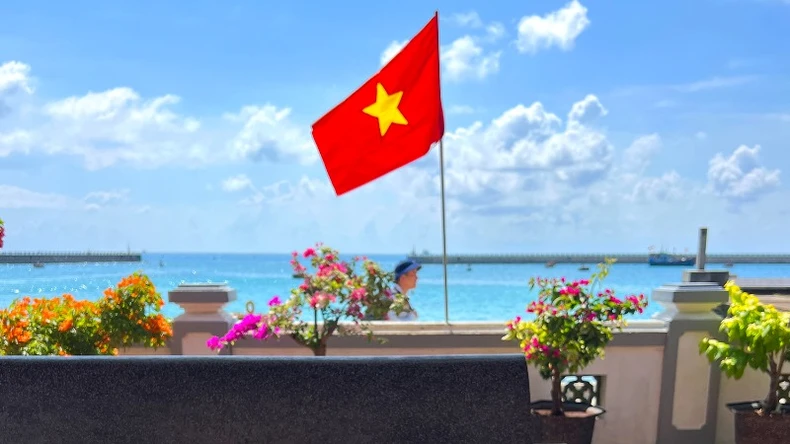 |
On the remote island, the perseverance of the Venerables has brought a fresh green color full of vitality. |
The temple on the remote island is like a lamp that lights up the spirit of the island soldiers, becoming a place of refuge for those who seek a moment of peace. The silence, the ringing of bells, the sea breeze all around and the figure of the abbot who quietly sweeps the yard, tends the plants, and chants sutras every day. It is there that we often deeply feel the strange connection between religion and life, between spirituality and pride in the Fatherland.
In the scorching heat of the dry season in Truong Sa, when every drop of fresh water must be carefully and economically saved, the abbot of the pagoda always saves his precious water ration to water the flower roots and vegetable beds in the growing season. In all the pagodas in Truong Sa archipelago, the abbots are quiet and patient like that, so during training sessions, when soldiers are too busy to take care of bonsai, they bring the plants to the pagoda for the monks to take care of, which is a very familiar image.
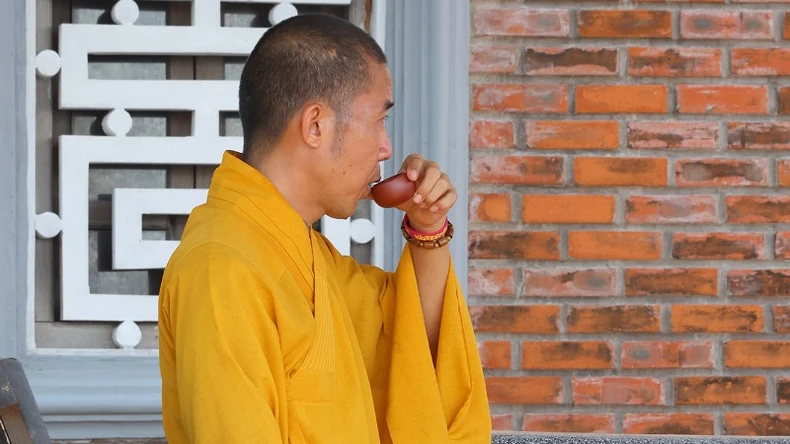 |
A moment of relaxation of Venerable Thich Nhuan Hieu. |
On a remote island, each sprouting bud is not only life, but more importantly, a symbol of resilience and hope in the middle of the ocean. In addition to chanting, the monks also often spend time teaching the island children their first lessons in filial piety, humanity, and patriotism through warm teachings, a simple and tolerant lifestyle.
There are special moments when the abbot listens to the island soldiers confide in them about their family matters: a child is born but the father cannot return; parents are sick and their children are not around; soldiers can only hear good or bad news from afar without the opportunity to share or be present... At those times, the temple is the spiritual support for the soldiers who are shouldering the sacred duty of the Fatherland.
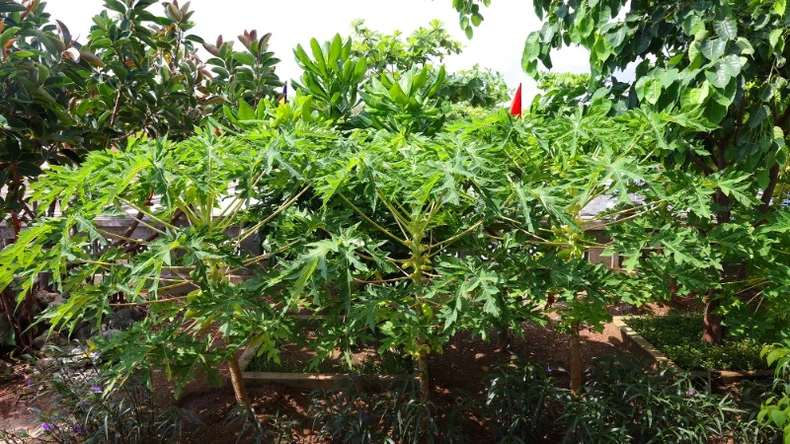 |
The garden is as green as on the mainland. |
On the island, human affection is always cherished and nurtured through the most simple things, such as the bowl of sweet and fragrant tea cooked by the monks from rare grapefruits sent from the mainland for Tet. Those grapefruits were initially respectfully placed on the altar by the monks in the five-fruit tray to welcome spring, like a sacred connection between the remote island and the motherland.
After Tet, instead of letting it wither or keeping it for the temple, the monk will peel it himself to get the pulp, through many elaborate and careful steps to cook a pot of pomelo sweet soup imbued with the flavor of the homeland and full of affection. The monk divides it into many small bowls and sets it out on the table in front of the temple yard. "The soldiers who have finished their duty stop by to eat to relieve fatigue and also to ease their homesickness," the monk smiled gently, his voice warm, his eyes full of kindness and longing.
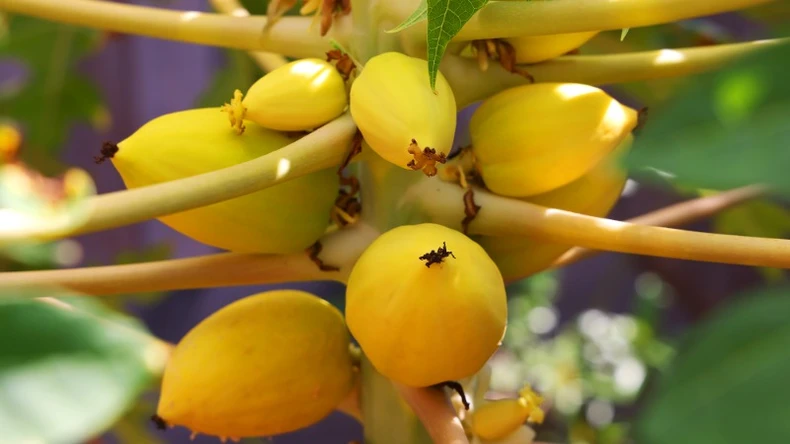 |
The golden papaya variety is very carefully cared for by the monk. |
Throughout the archipelago, the affection of the monks for our soldiers and people is like tree roots clinging to coral rocks, silently but very naturally and persistently. For the children on the island, the monks are both teachers and great friends. The children love to go to the temple to ask for calligraphy from the monks, chattering around them, their hands dirty when planting trees together, their mouths chirping and laughing loudly throughout the small temple yard. In the hearts of every citizen and soldier on the faraway island, the temple roof is the warmth of the homeland, a strong spiritual roof in the middle of the vast blue sea and sky, protecting countless souls on the faraway island.
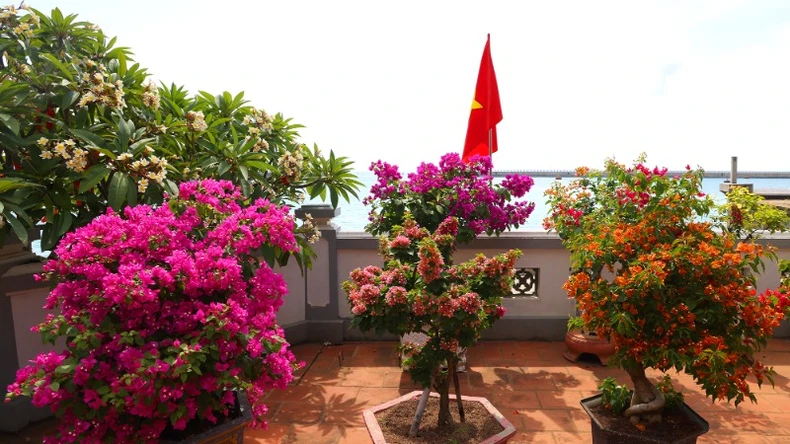 |
Frangipani and bougainvillea can withstand harsh weather conditions but still require careful care. |
There, with each ringing bell, the monks quietly nurture each seedling, tending each season of sweet fruit amidst the harsh sun and wind. Thanks to that warm, tolerant affection, the children's voices resound more loudly in the temple yard, the eyes of the island soldiers warm up after long shifts of guarding in the dewy night. Deep human affection is always nurtured every day through gestures and feelings imbued with love in the spiritual place. For that reason, the temple on the remote island has long become a place to preserve the national soul, where the affection for the mainland, the love of attachment, the pride of the Fatherland quietly blooms like a lotus flower in the middle of the ocean.
Source: https://nhandan.vn/khu-vuon-dac-biet-o-chua-da-tay-a-post876688.html



![[Photo] Ha Giang: Many key projects under construction during the holiday season](https://vphoto.vietnam.vn/thumb/1200x675/vietnam/resource/IMAGE/2025/5/1/8b8d87a9bd9b4d279bf5c1f71c030dec)
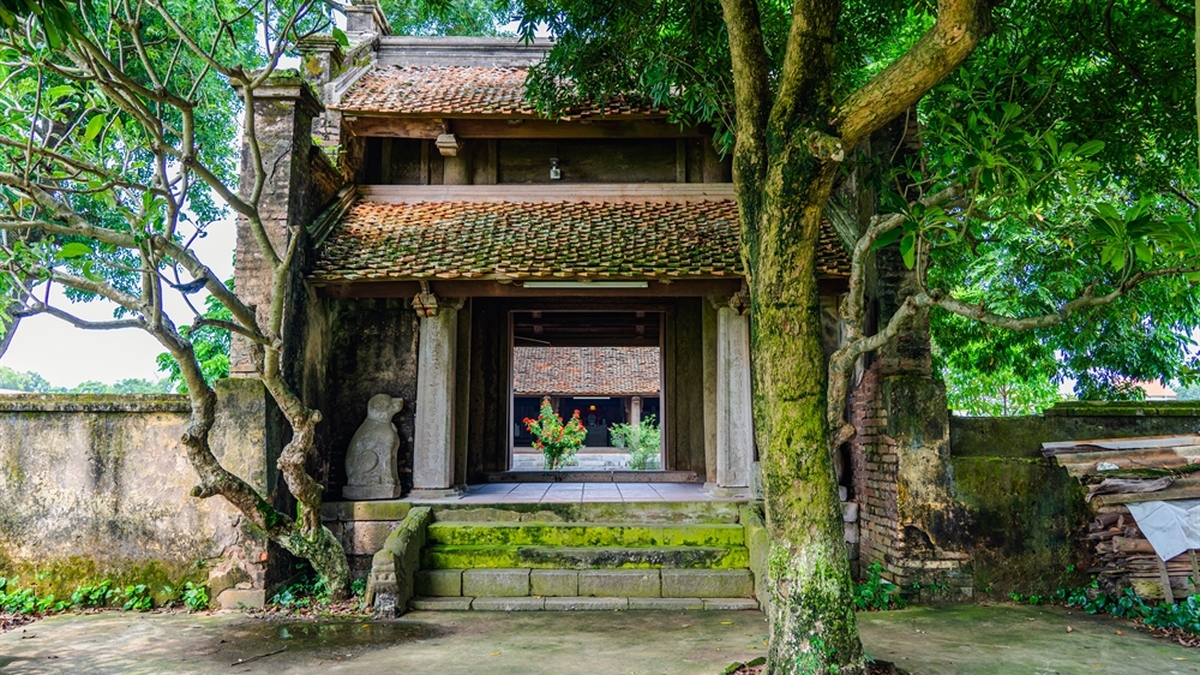

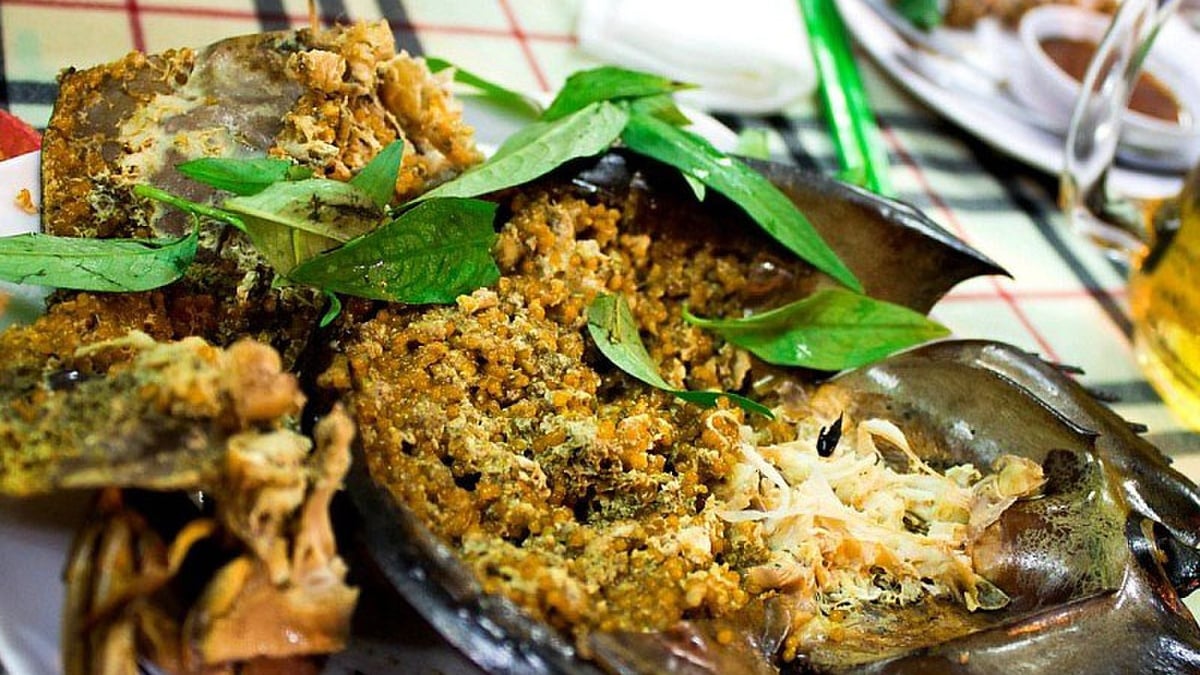
![[Photo] Binh Thuan organizes many special festivals on the occasion of April 30 and May 1](https://vphoto.vietnam.vn/thumb/1200x675/vietnam/resource/IMAGE/2025/5/1/5180af1d979642468ef6a3a9755d8d51)
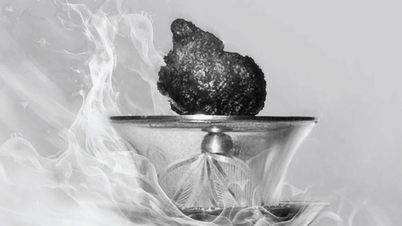



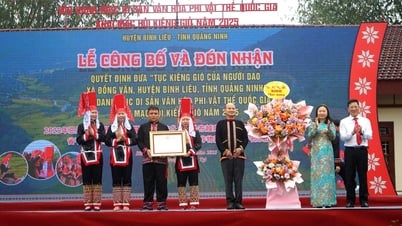
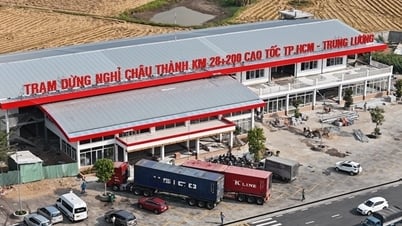




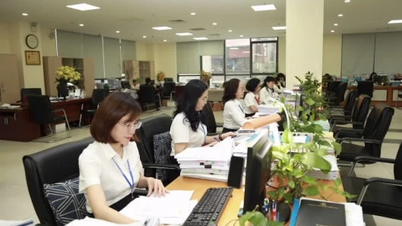
![[Photo] China: Over 144 million train passengers during International Labor Day holiday](https://vphoto.vietnam.vn/thumb/402x226/vietnam/resource/IMAGE/2025/5/1/67fc708f692643e58c767b81dc398b5f)
![[Video] Operating a complete 4.0 core technology ecosystem owned by Vietnamese people](https://vphoto.vietnam.vn/thumb/402x226/vietnam/resource/IMAGE/2025/5/1/2e2688c3bd414618a8c590dd8ab0a45f)

![[Photo] Binh Thuan organizes many special festivals on the occasion of April 30 and May 1](https://vphoto.vietnam.vn/thumb/402x226/vietnam/resource/IMAGE/2025/5/1/5180af1d979642468ef6a3a9755d8d51)
![[Video] Hanoi organizes many attractive activities to attract tourists during the April 30 - May 1 holiday](https://vphoto.vietnam.vn/thumb/402x226/vietnam/resource/IMAGE/2025/5/1/a31068ba36b346dda8d6ce206c3bfaa7)
![[Photo] Feast your eyes on images of parades and marching groups seen from above](https://vphoto.vietnam.vn/thumb/1200x675/vietnam/resource/IMAGE/2025/4/30/3525302266124e69819126aa93c41092)









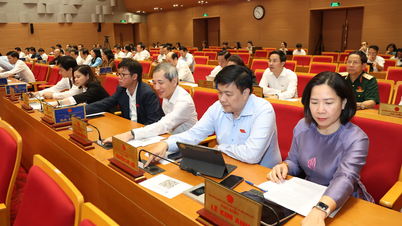



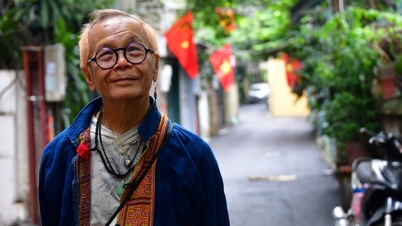
















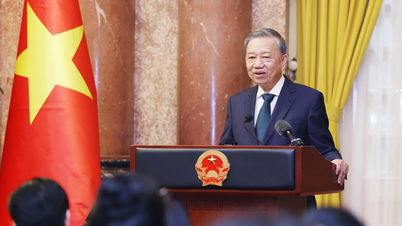




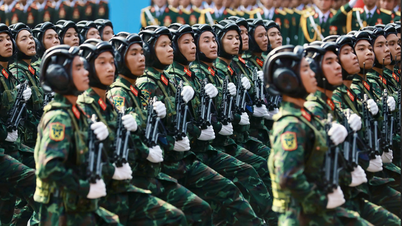


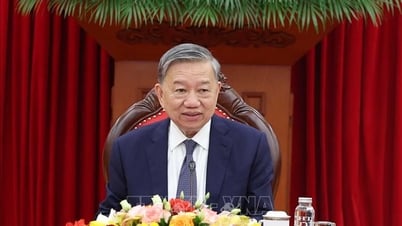









![[Infographic] Discover Bac Ha](https://vphoto.vietnam.vn/thumb/402x226/vietnam/resource/IMAGE/2025/5/1/606bdffac64d44589527c86f58025c18)



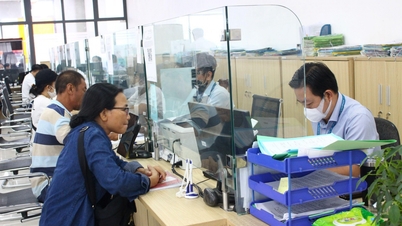




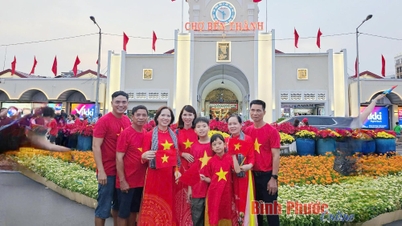



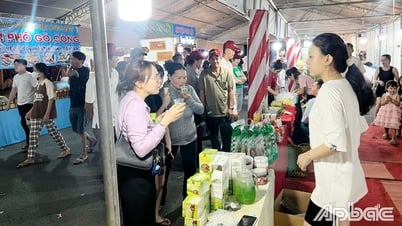



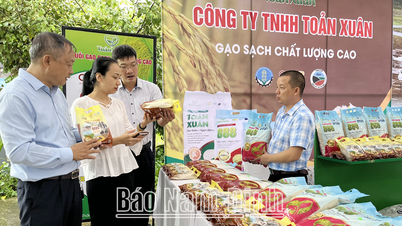



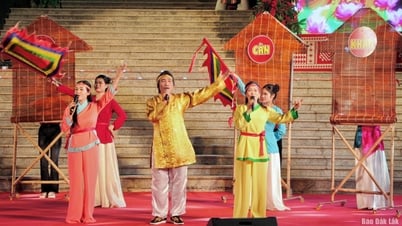

Comment (0)